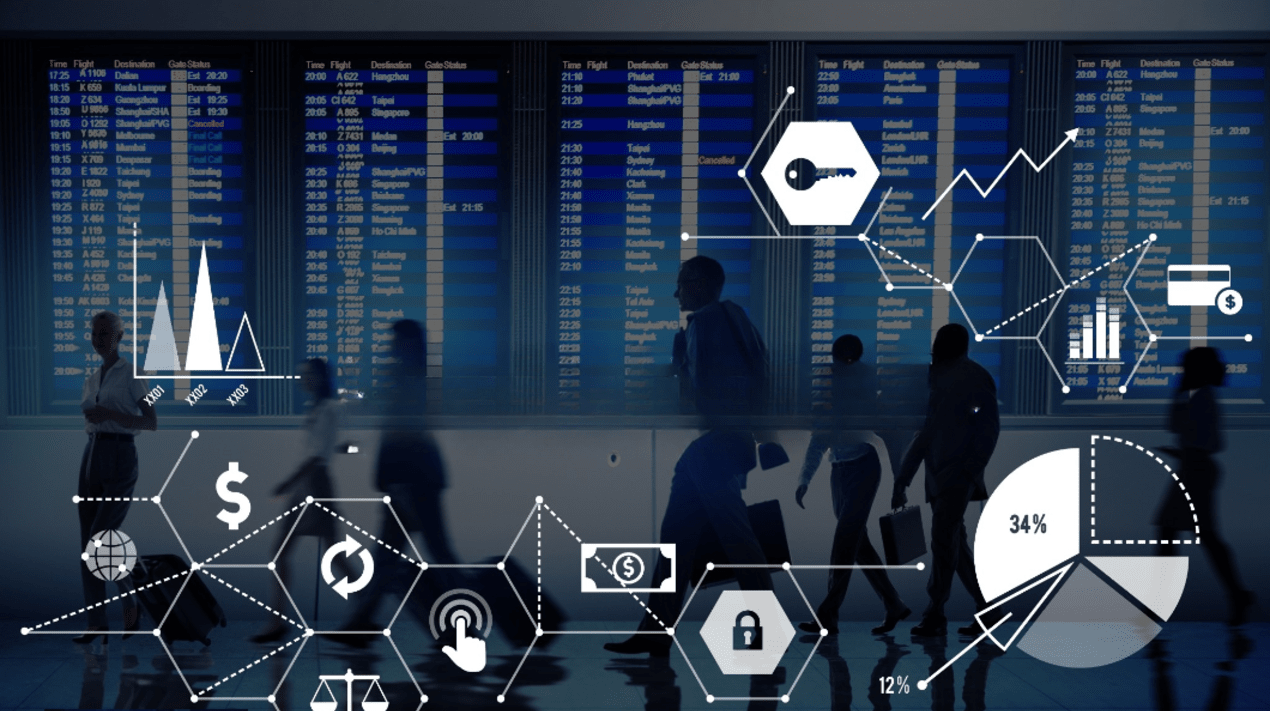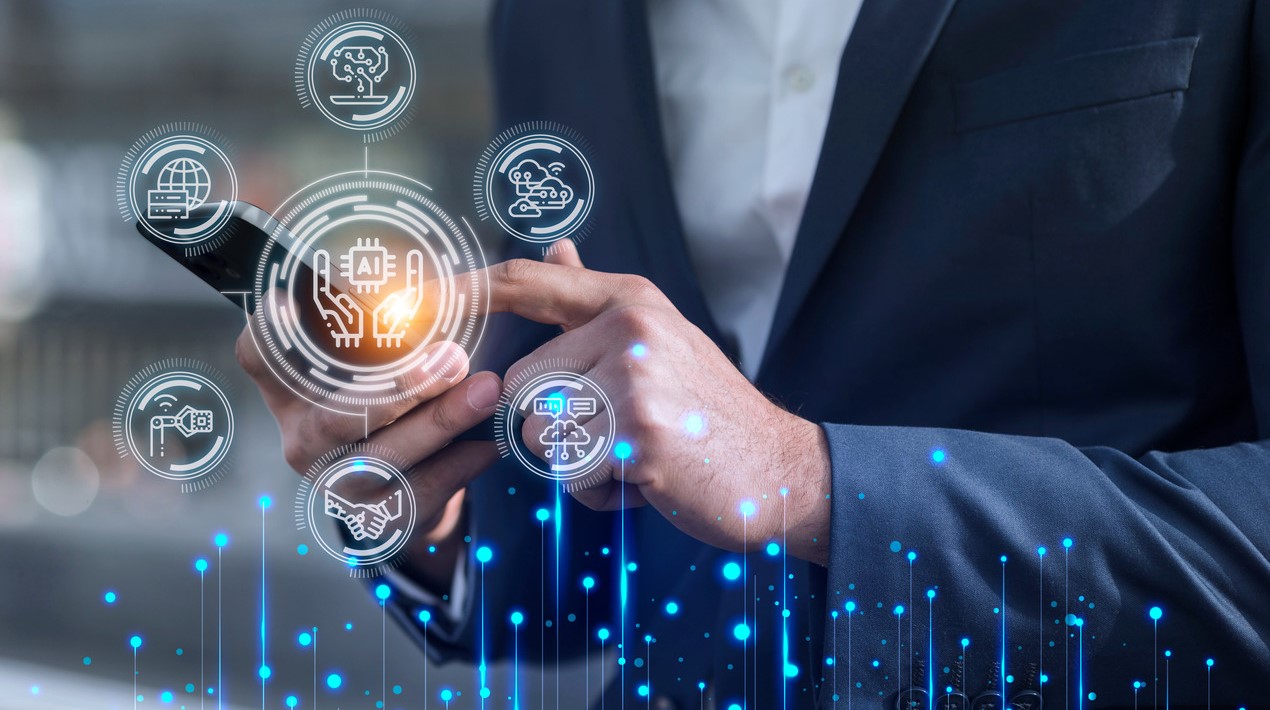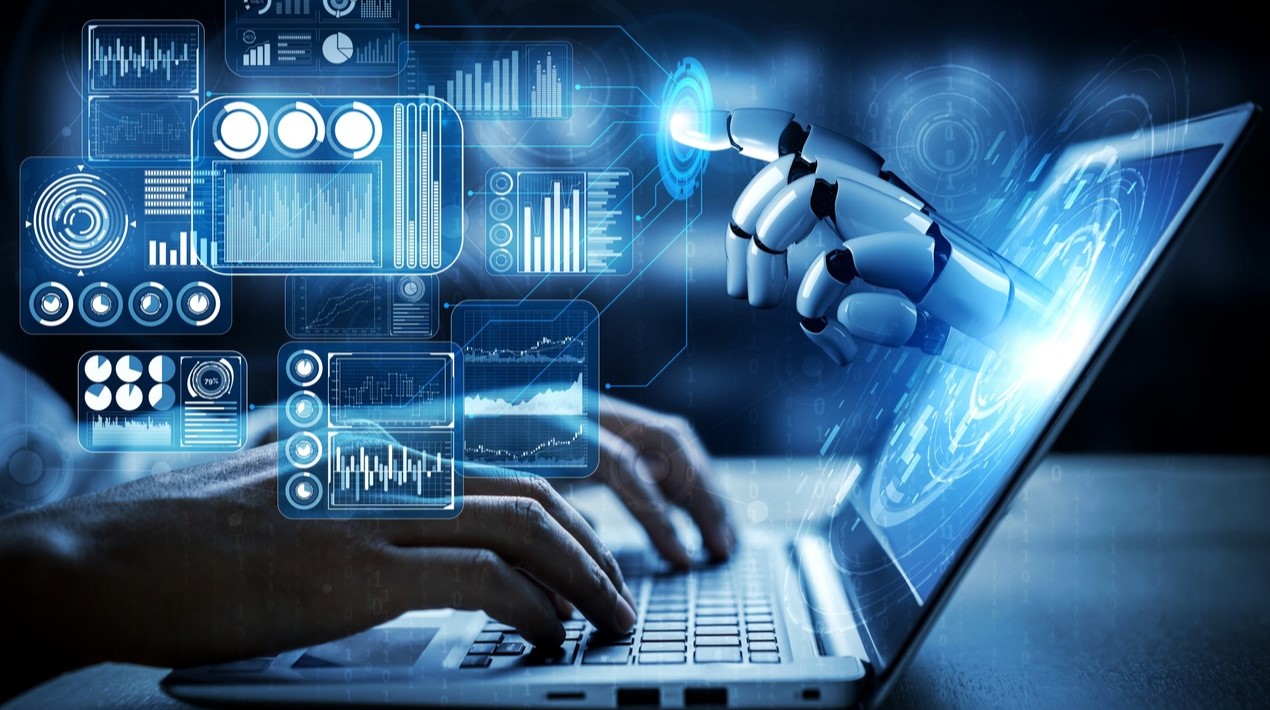
Minister and Chairman of the Government Office Mai Tien Dung said the Vietnam government has recognised that developing the digital economy is one of the key tasks in enhancing the competitiveness of the economy.
With that in mind, the government is aiming to create a national database system and launch a national public service portal that connects with local portals to monitor and enhance public service delivery.
The idea of building an e-Government started in 2000. In September 2018, a National Commission for e-Government was established whose objective is to move towards having a digital economy and digital society. After 18 years, quite a lot of positive changes in technology application have been reported in most administrative offices nationwide.
Information technology has been applied in public administrative service centres in 39 out of 64 cities and provinces across the country. In these localities, state agencies now share data with each other, most notably in the fields of taxation, customs services, social insurance and healthcare. However, it is still not at the desired level.
Data Fundamentals critical in the success of rolling out E-Government strategy
Sharing data is not a new issue, but a very important one for Vietnam government as it enables the formation of close links between the central Government and local governments. Although, there is still a long way to go.
There are many issues that need to be addressed. First is an institutional issue, currently the government has no framework or regulations on what type of documents that administrative Government agencies should be sharing.
Secondly they do not have “foundation data” for e-Government, even basic national data on the population or land. And what they do have in not always in electronic format. And thirdly they need to ensure a secure foundation for all data.
“In Vietnam, we’ll have a fully fledged e-Government soon. However, at the beginning, we’ll focus efforts to put the information into electronic format. For example, we have already launched the National Single Window, the ASEAN Single Window, and the establishment of public administrative centres in cities and provinces nationwide.” said Mr Mai Tien Dung in a recent interview.
Government uses own experience and international success stories to create national database proposal
He also stated that with lessons learned from other countries and from their own country, they have come up with a proposal on the creation of a national database to submit to the Prime Minister for approval.
Centralised database to make government more efficient
The minister said that he was confident that when the e-Government is fully operational, it will help save a lot of time on meetings and paperwork.
For the time being, we should develop a centralised database as soon as possible as at present, many of our data sets are being maintained separately by different Government agencies.
He also remarked that “what’s more important is the Government wants to provide public services to the public online.”


















